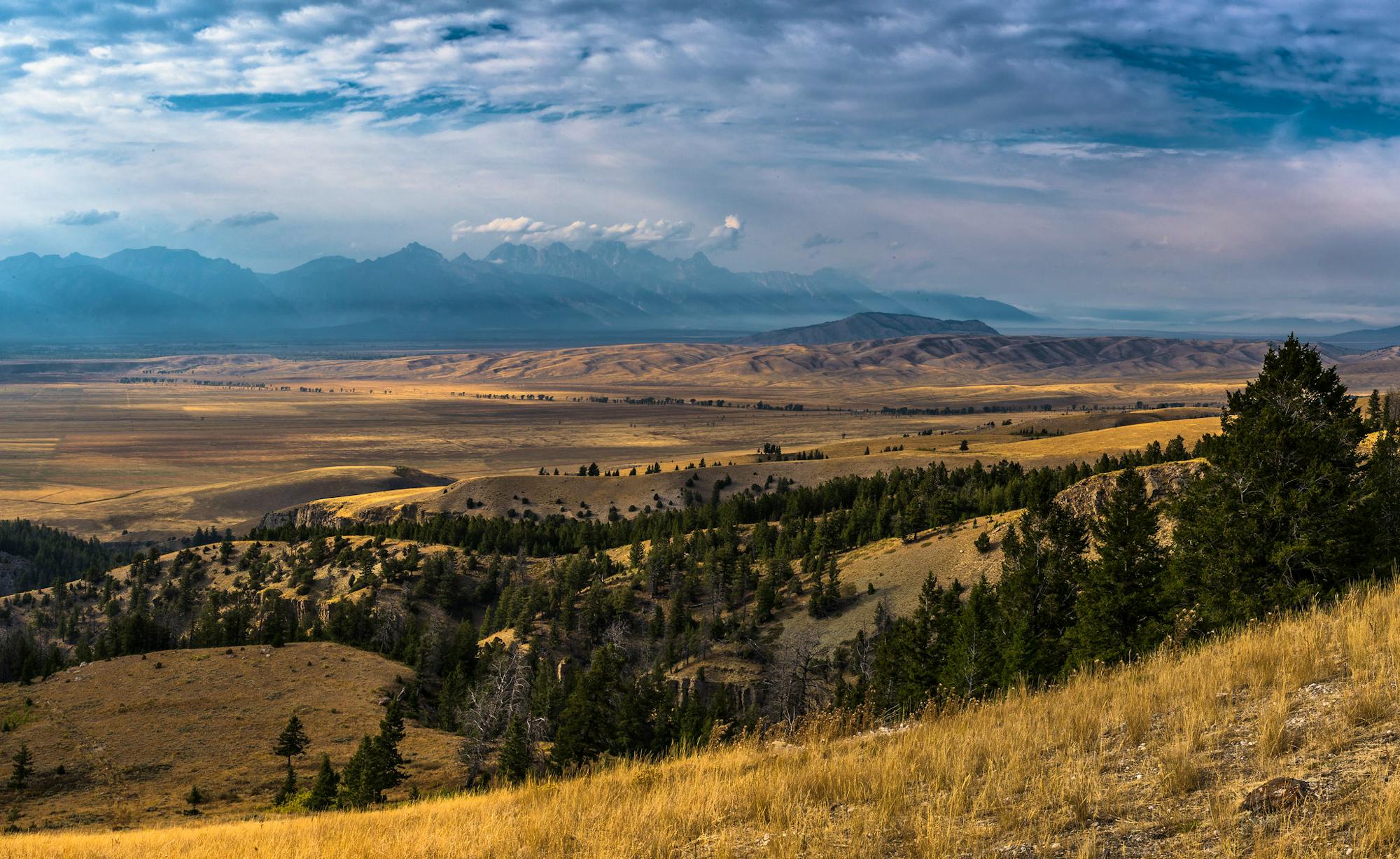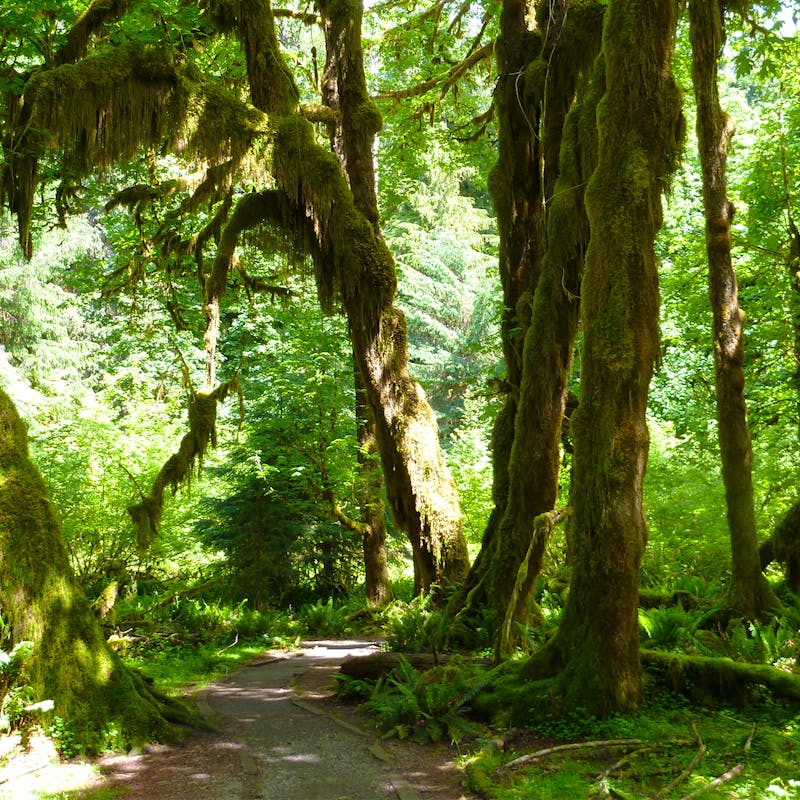“In times of crisis, the natural world is a source of joy and solace.” — David Attenborough
The National Forest System is comprised of 193 million acres, including 155 national forests, 19 national grasslands and a single national prairie. National forests are carbon and biodiversity strongholds. They support over 450 species listed under the Endangered Species Act, including grizzly bears, Canada lynx and bull trout. They also provide millions of Americans with water and recreational opportunities.
The world is an ever-changing place, and with climate change rearing its ugly head, we are feeling the change faster than ever before. But as we learn to adapt and combat the human-induced effects, we must also continue to connect with the natural world. We must remind ourselves what we are fighting to protect. Weather permitting, and with the utmost respect to others and the places and wildlife we all love, go visit your closest national forest. Aim to see the highest ridge, the oldest forest, the most riotous meadow of wildflowers or a sublime steam. Enjoy your public lands. The visit will do wonders for your soul.



But Where to Go?
There are the ancient forests nestled between three volcanoes in the Gifford Pinchot in Washington state. There’s the thrilling whitewater in Oregon’s Rogue River-Siskiyou. You could also go camping among the giant trees of Olympic National (rain) Forest in Washington. Really, having so many to choose from may feel impossible!
But have no fear. To commemorate National Forest Week, a celebration of our national forests and grasslands, you can take tips from our Defenders of Wildlife’s experts about their favorite sites. You might just be inspired!
Gila National Forest, New Mexico
"My favorite National Forest in the Southwest is Gila National Forest in southwest New Mexico. The national forest is 4,235 square miles and includes Gila Wilderness! Established in 1924 as the first designated wilderness by the federal government, Gila Wilderness covers 872 square miles. I love Gila National Forest because the skies are still dark at night, Mexican gray wolves roam freely, and it is mostly silent in these wild lands."





Bridger-Teton National Forest, Wyoming
"Bridger-Teton National Forest in Wyoming offers heart-stopping views of the Wind River Range (affectionately known as “the Winds”). This is my favorite national forest. I love backpacking through the lower-elevation forests and up into the alpine to feel surrounded by the granite peaks of the famous Cirque of the Towers in the Bridger Wilderness Area. When there is little chance of rain, I don’t unpack the tent but sleep under the planets and stars. During a 4th of July trip one year, my party got caught in a blizzard—a reminder to be prepared for anything in the high mountains.
"Bridger-Teton is home to bears, bighorn sheep, Bonneville cutthroat trout and a diversity of other wildlife. It is important to acknowledge that Indigenous Peoples lived and passed through this place and many still call surrounding areas home including the Eastern Shoshone Tribe and Northern Arapahoe Tribe."


Rio Grande National Forest, Colorado
"Rio Grande National Forest holds a special place in my heart. Situated in south-central Colorado just north of the New Mexico-Colorado line, Rio Grande is the connective tissue that allows wildlife to move north-south along the spine of the continent. The high jagged peaks of La Garitas and Sangre de Cristos mountain ranges surround and protect the lowlands of San Luis Valley where wetlands annually host sandhill cranes and other migratory waterfowl. Streams flow down from the high snowfields providing refuge to remaining Rio Grande cutthroat trout, a species facing an uncertain future with climate change and dwindling intact habitat. The entire region is magical to me with crazy rock formations, a rich Native American and Mexican heritage, and broad expanses of roadless forests."



Sierra National Forest, California
"Whenever I'm stuck inside, I find myself daydreaming of warm summer days spent swimming in the emerald green depths of my beloved Merced River and being awash in starry night skies of Sierra National Forest backcountry. Each year, I lead an all-women backpacking trip and Sierra National Forest is one of our favorite destinations. We often spend a night at Huntington Lake and take a scenic drive to soak in Mono Hot Springs, perched on the banks of the upper South Fork of the San Joaquin River. Then we head into the Kaiser or Dinkey Lakes wilderness to enjoy splendid wildflower studded meadows, massive old- growth red fir forests and sparkling (and frigid!) high elevation lakes. The Sierra National Forest is home to endangered Pacific fishers as well as other rare species like California spotted owls, Yosemite toads, northern goshawks, American martens and Sierra Nevada yellow-legged frogs."
Protect Yourself and Your Community
Safety is a priority. Before heading outdoors, forest and grassland visitors are encouraged to:
- Plan ahead and know before you go. Check local conditions before heading to your favorite outdoor destination.
- Be Respectful of Others. Avoid crowding at trailheads, scenic overlooks and other areas to allow all visitors to enjoy the beauty. If you notice a spot starting to get crowded, take your photos or deep breaths and then give the next visitor a chance to see too.
- Clean Up. Follow ‘leave no trace’ principles, carrying any trash with you until you can properly dispose of it.
- Keep pets on a leash. For the safety of both your furry friend and the wild animals, please keep your companions leashed and close by.
This blog was updated from a 2020 story to reflect current times.









Follow Defenders of Wildlife
facebook bluesky twitter instagram youtube tiktok threads linkedin